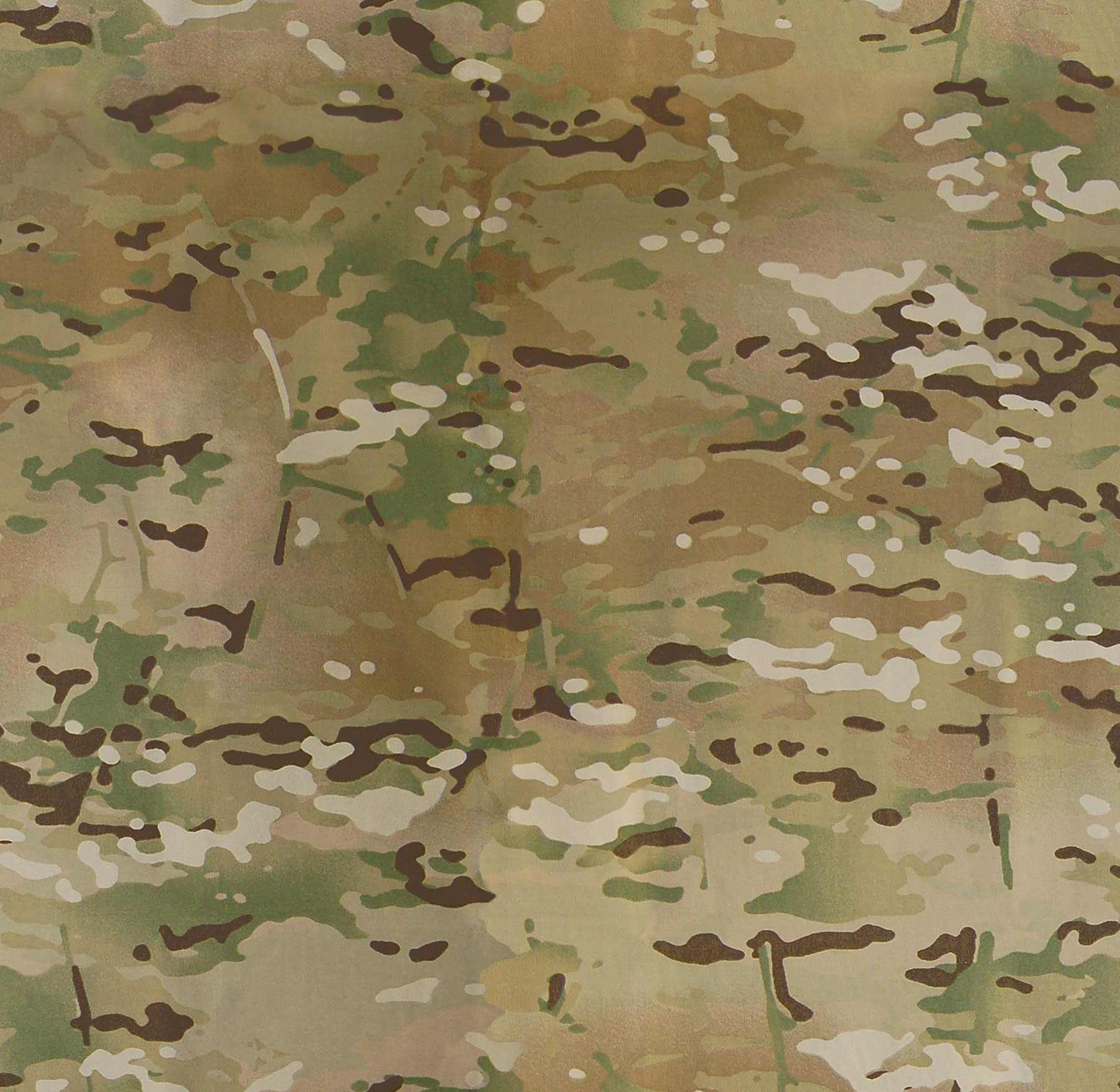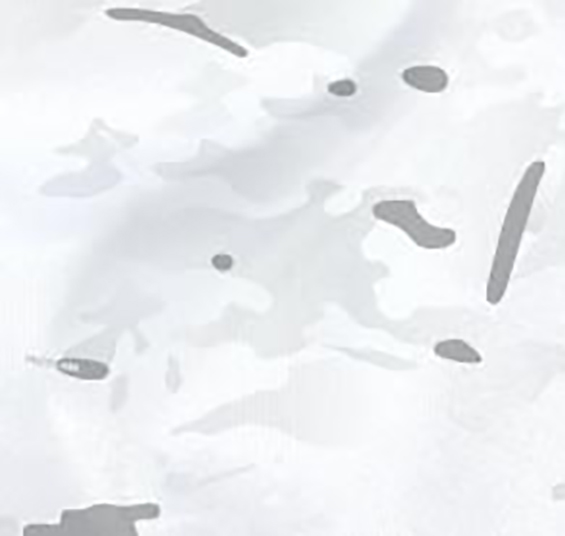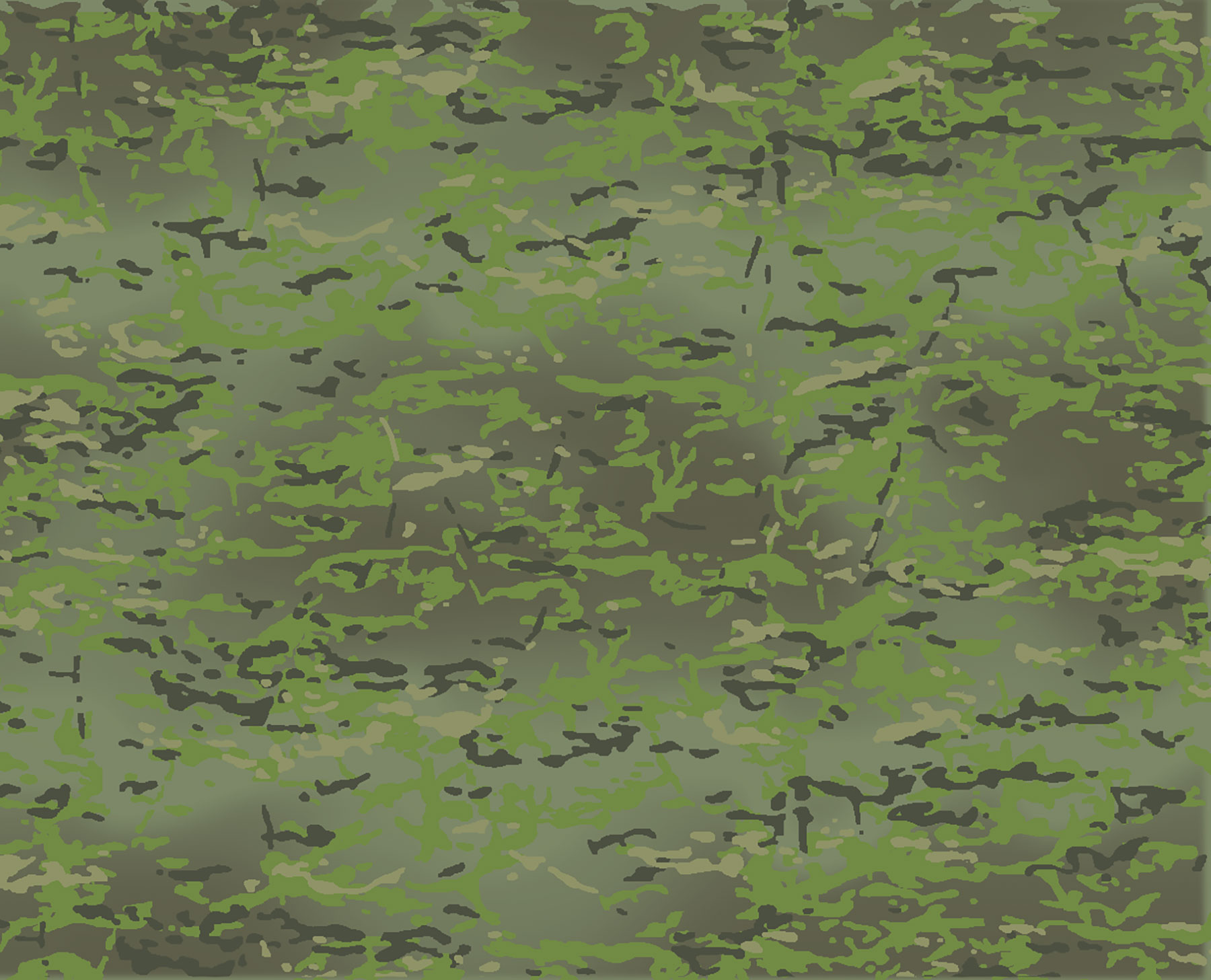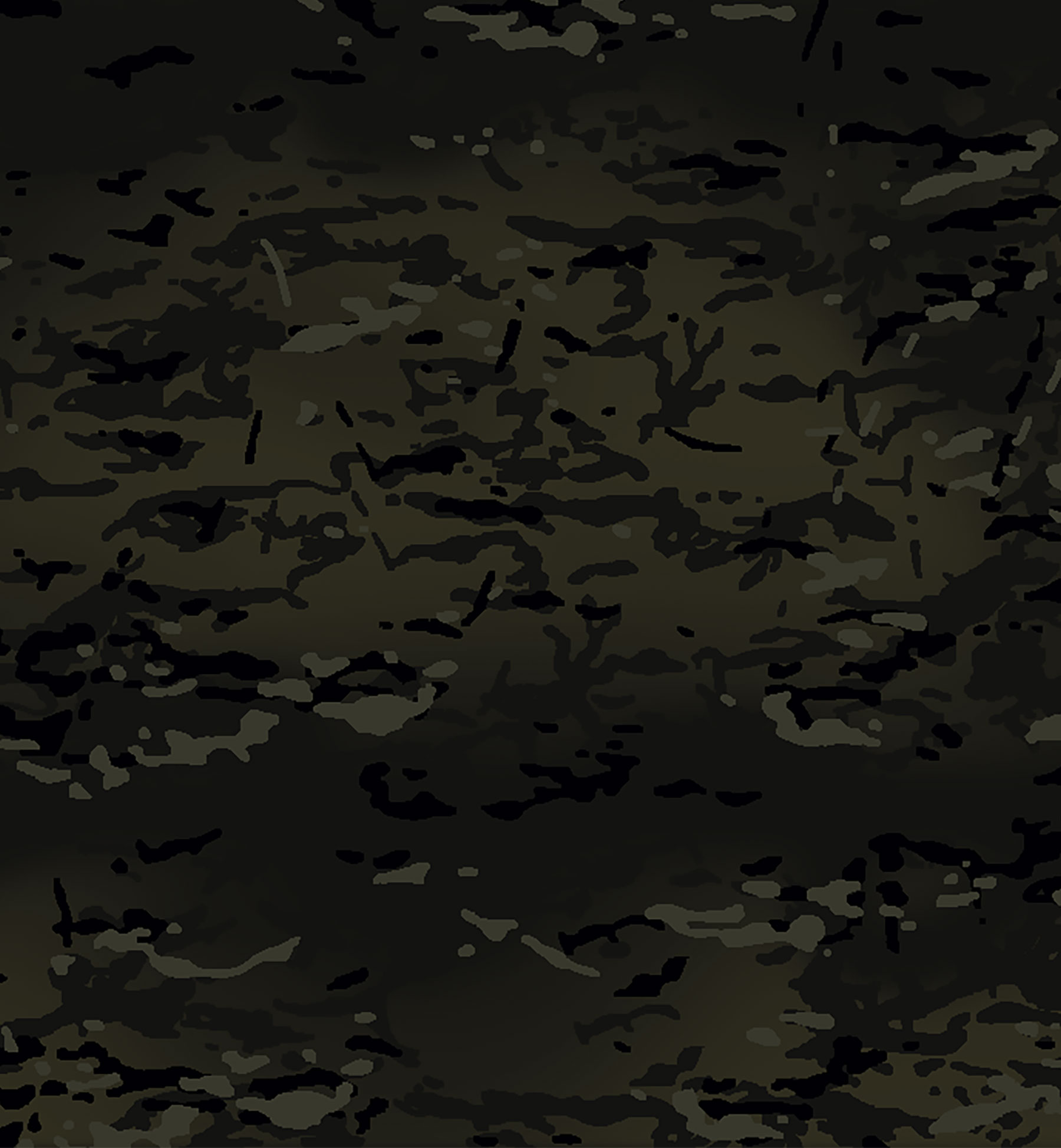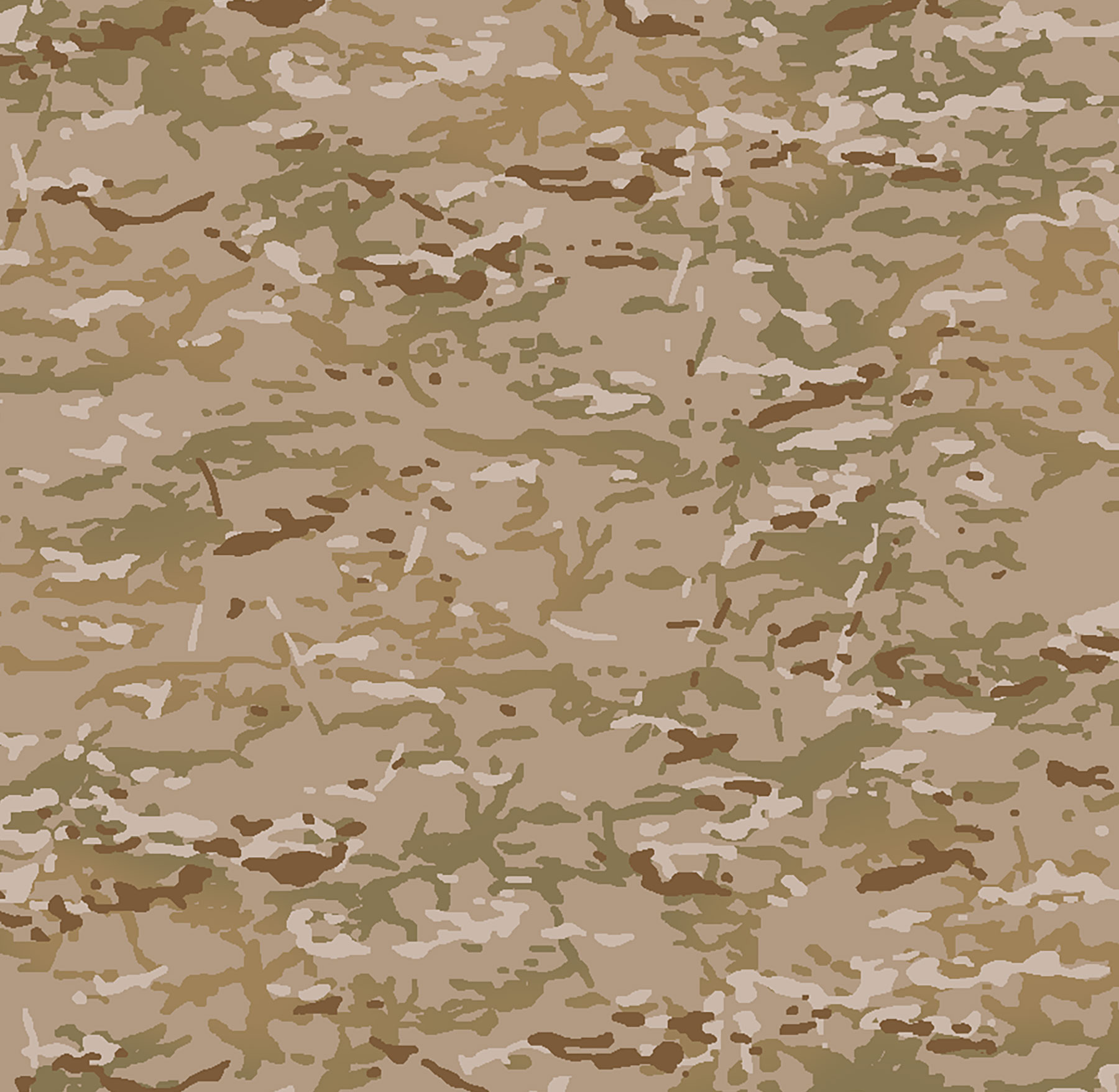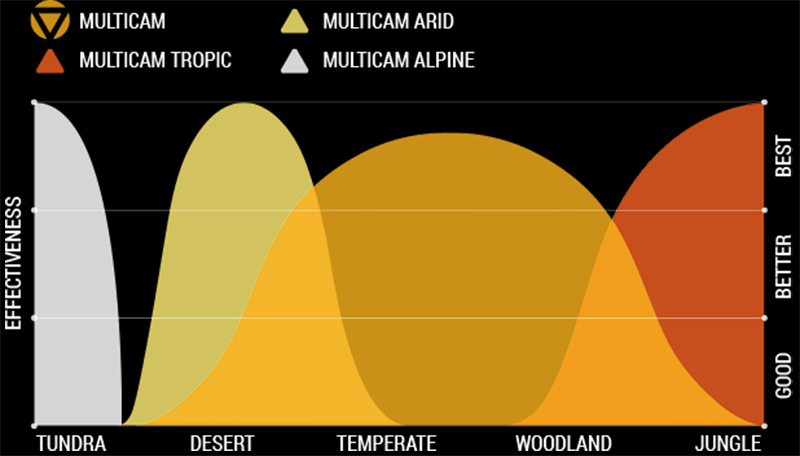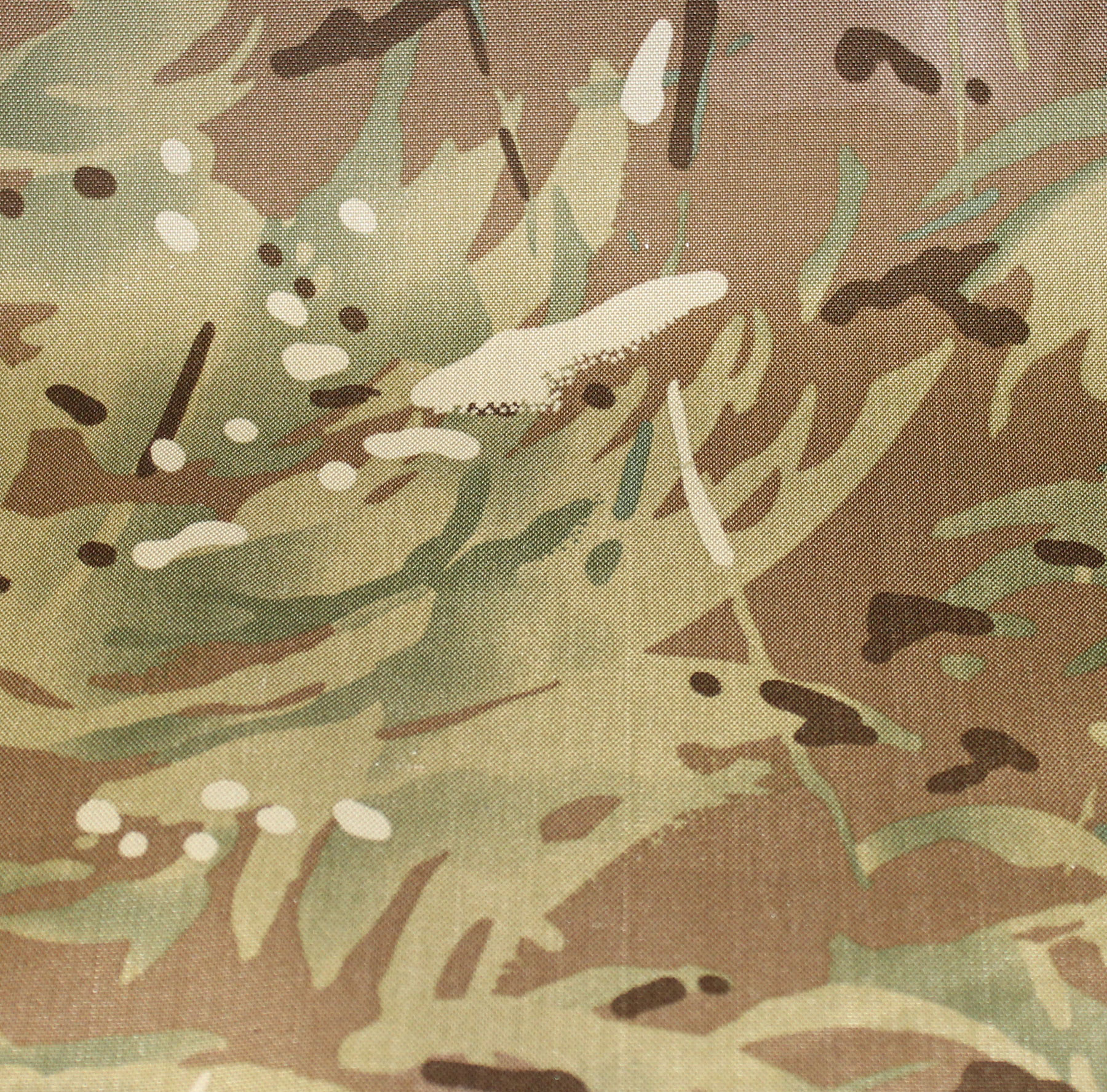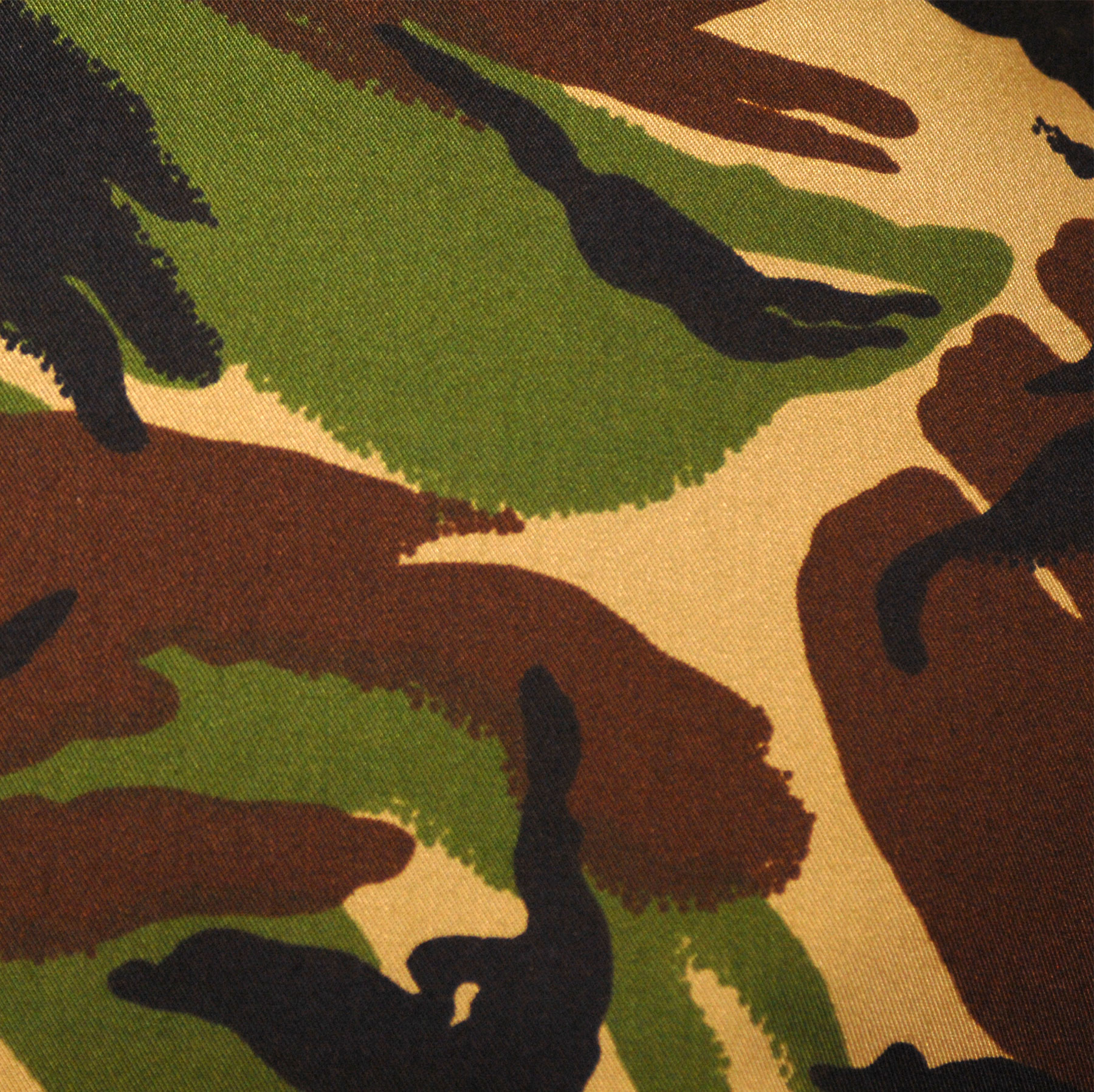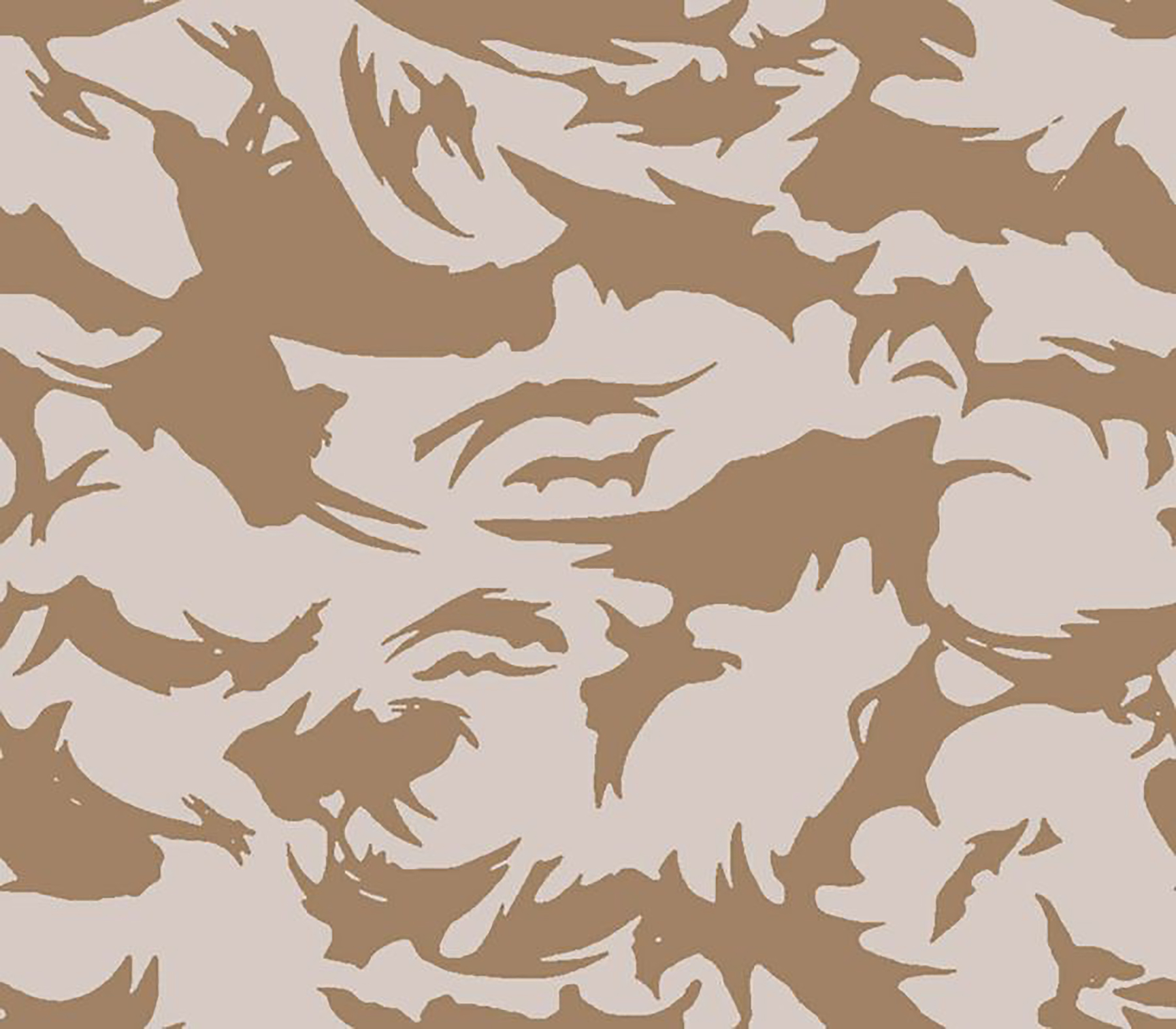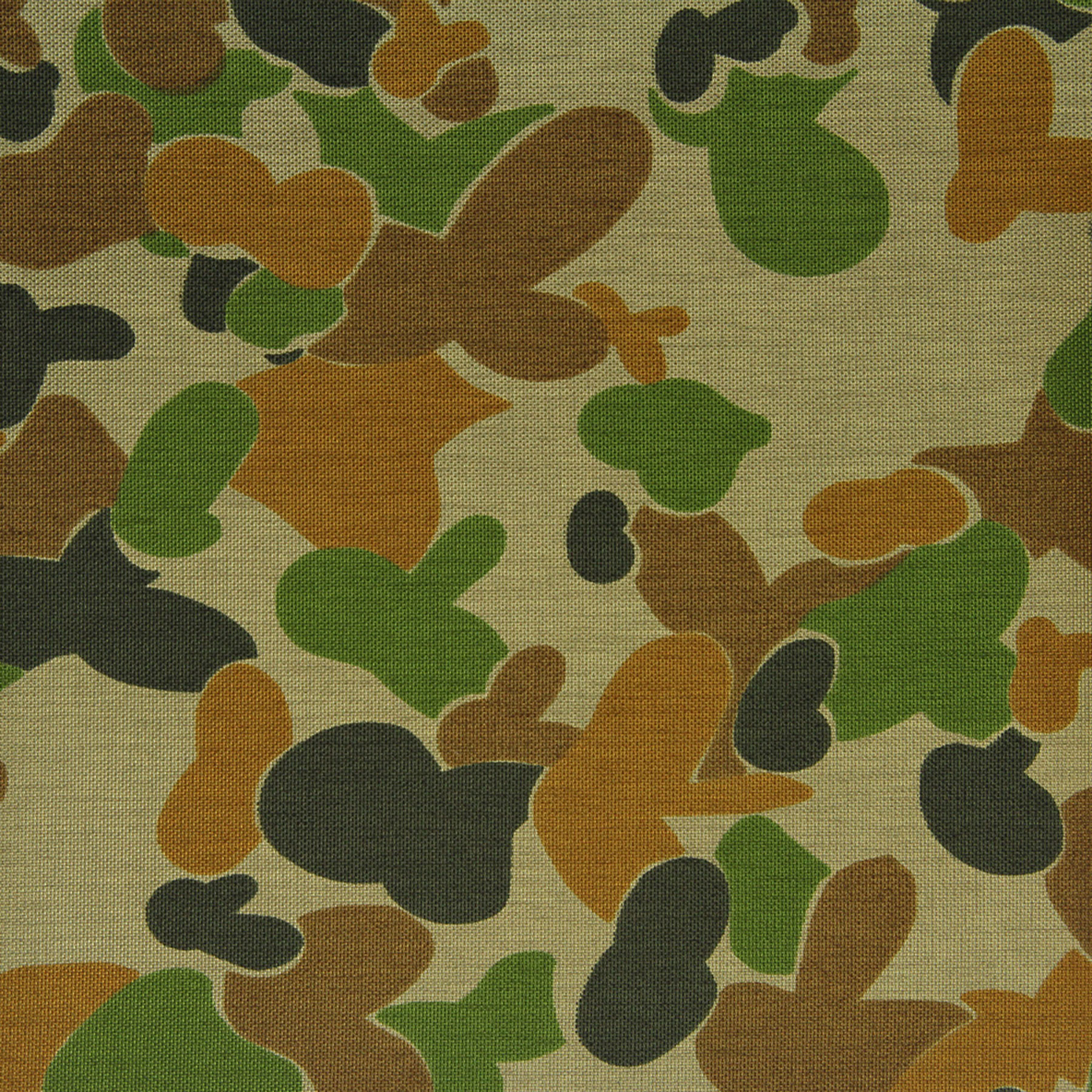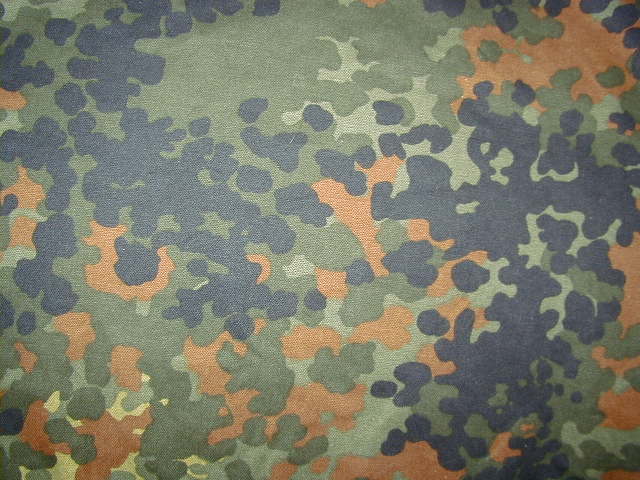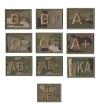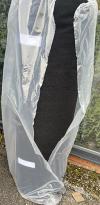Guide to Military Camouflages
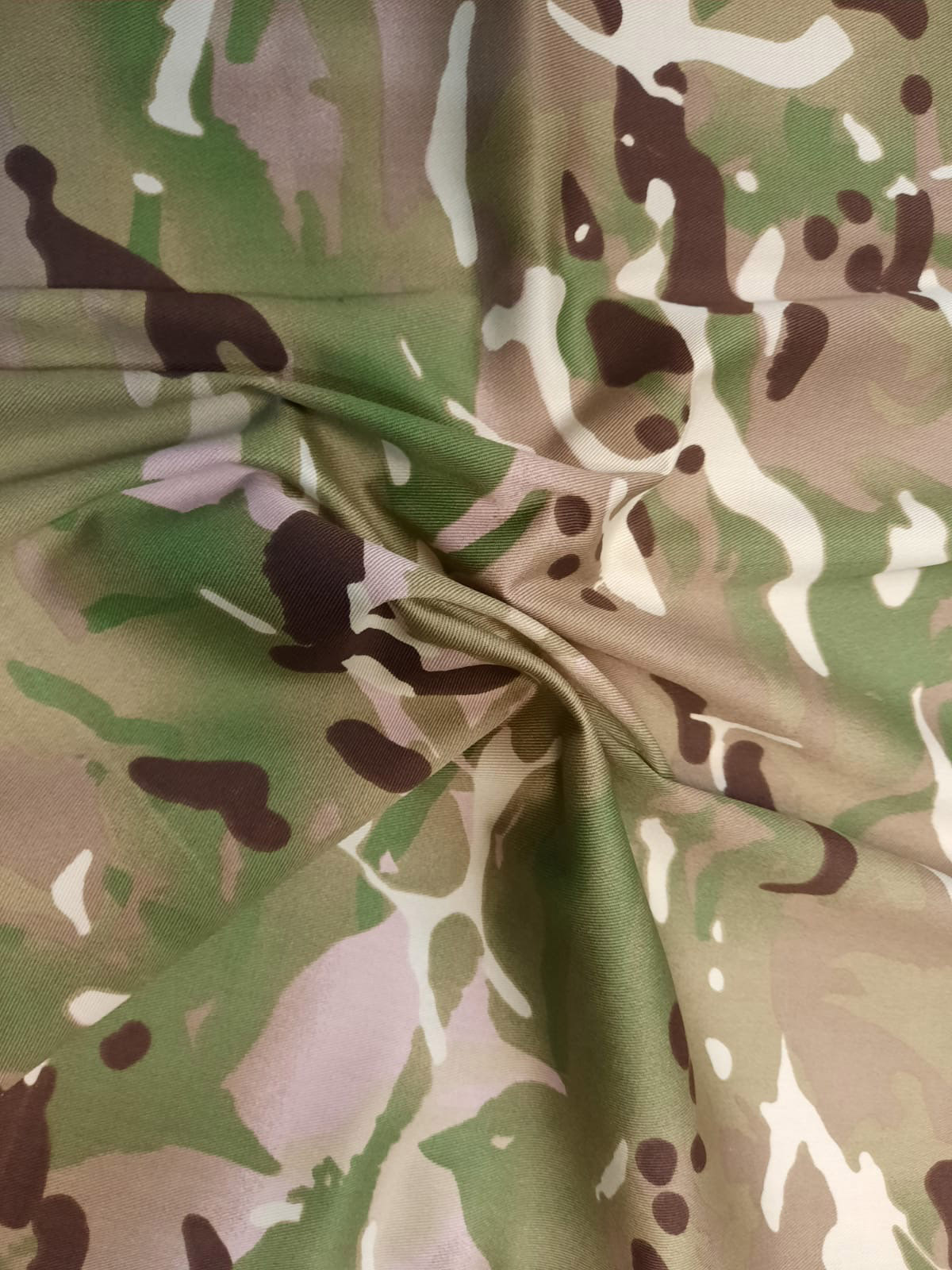
Camouflage has been used by the military in bulk since 1929 when the Italian military first bulk cloth printed camouflage clothing for all thier military. Although prior to this there are lots of reported instances of camouflage being painted onto clothing and ghillie type suits being used by a whole range of miliatry units and individuals worldwide.
Currently there are hundreds of camouflages used, this blog will have a look at a wide range of these.
One of the most popular camouflages at the moment is the Crye Multicam. The MultiCam® pattern was developed to effectively limit the visual and near-IR signature of a person operating across a very wide range of physical environments and seasons. After many successful evaluations, after being proven in combat, and after becoming the officially issued pattern of the US Army for all Afghanistan operations in 2010, MultiCam® is the proven multi-environment concealment solution. (Multicampattern.com)
Crye have now created a family of camouflages for different environments, Multicam Black, Multicam Arid, Multicam Tropic and Multicam Alpine.
Alpine Tropic Black Arid
While the black is designed for Law Enforcement and urban operations. The other camouflages work particularly well in specific environments as seen below.
Multi Terrain Pattern (MTP)
The British military has now also moved on to a camouflage that "is derived from the multicam camouflage Multi Terrain Pattern (MTP). It uses similiar colours to the Crye Multicam and was first revealed to the public in 2009 after the UK military had suffered large losses in Afghanistan. At this time military personal were wearing a mixture of Desert Camouflage and Woodland camouflage to achieve the right combination in Afghanistan (telegraph.co.uk).
Woodland Disruptive Pattern Material (DPM)
A variant of Woodland DPM was used by the British Military as early as the 1940's however the standard four colour camouflage was used on mass from the 1960's. The camouflage is highly effective in woodland areas and this pattern and close copies have been used by military forces worldwide. This was the British Military main camouflage until it was replaced by MTP.
Desert Disruptive Pattern Material (Desert DPM)
British Desert DPM was designed for use Desert and Arid environments, this pattern was used in the Gulf conflicts and Afghanistan until being replaced by the MTP camouflage.
Auscam (Disruptive Pattern Camouflage Uniform (DPCU)
Used by the Australian Military and is effective especially in the bushland and tropical jungles of Australia. Auscam has also been adopted over the years by Special Forces and Elite units worldwide. The selected five colour pattern consists of a greenish sand coloured background with randomly arranged spots of orange-brown, mid-brown, leaf-green and very dark green overlaid. While a mid-grey tone was included in early test uniforms, this was omitted in later unifoms in favour of a second brown tone.
Flectarn
Flecktarn is a "mottled camouflage"; also known as Flecktarnmuster or Fleckentarn) is a family of 3-, 4-, 5- or 6-color disruptive camouflage patterns, the most common being the five-color pattern, consisting of dark green, light green, black, red brown and green brown or tan depending on the manufacturer. The use of spots creates a "dithering" effect, which eliminates hard boundaries between the different colors. The original German 5-color pattern is designed for use in the European temperate woodland terrain.


